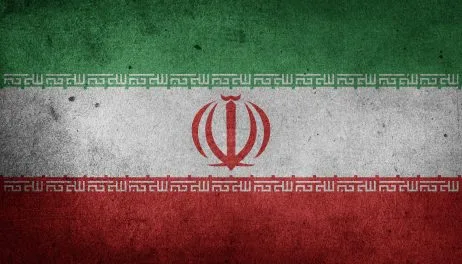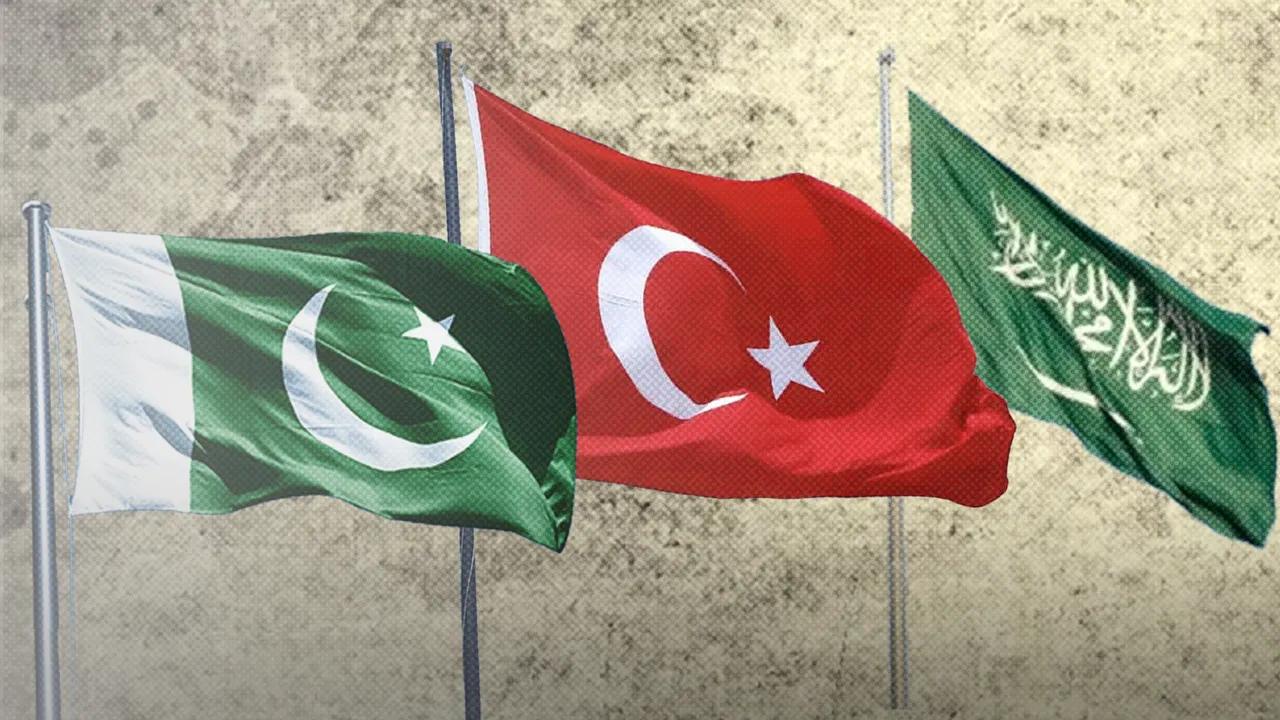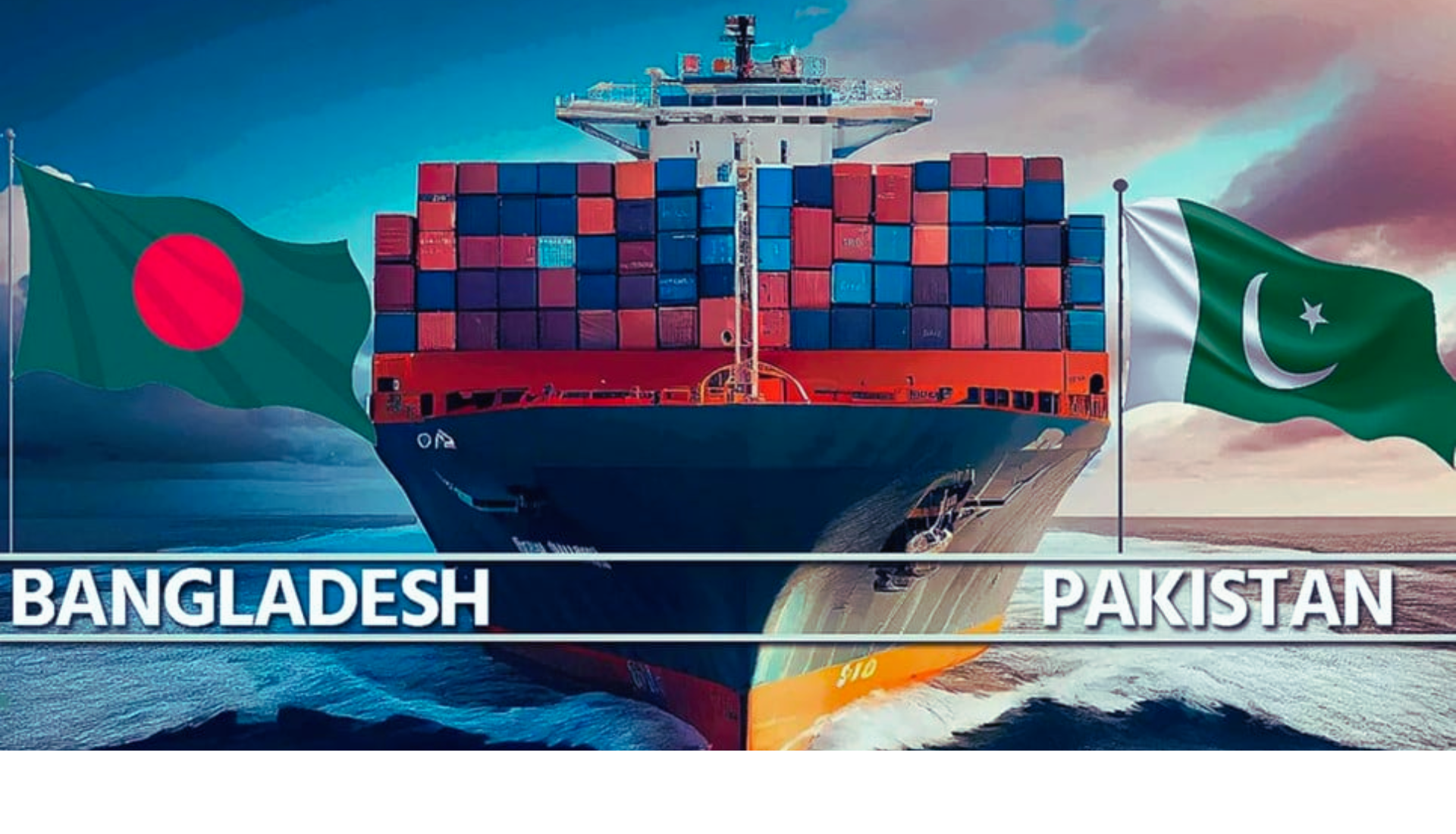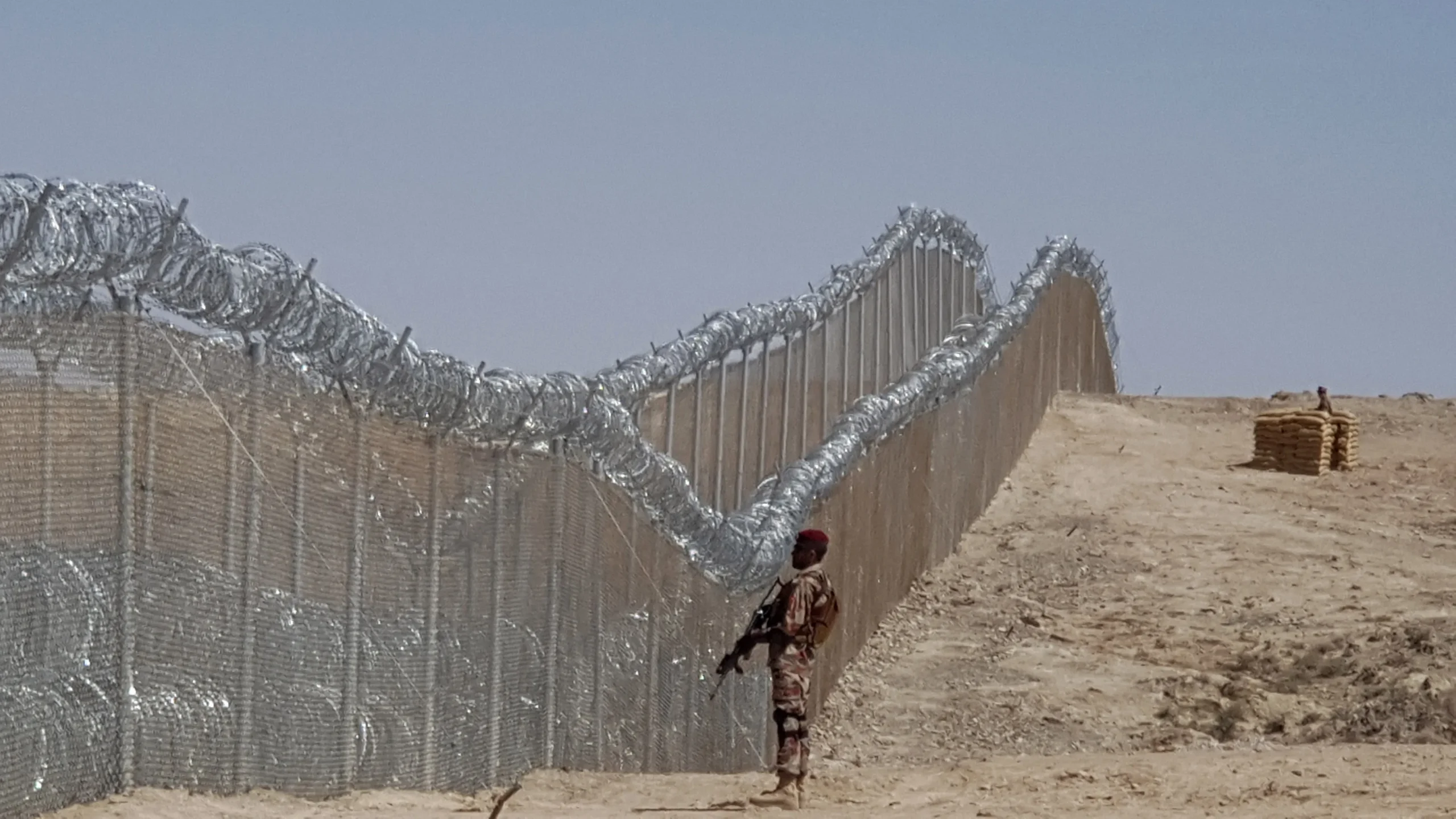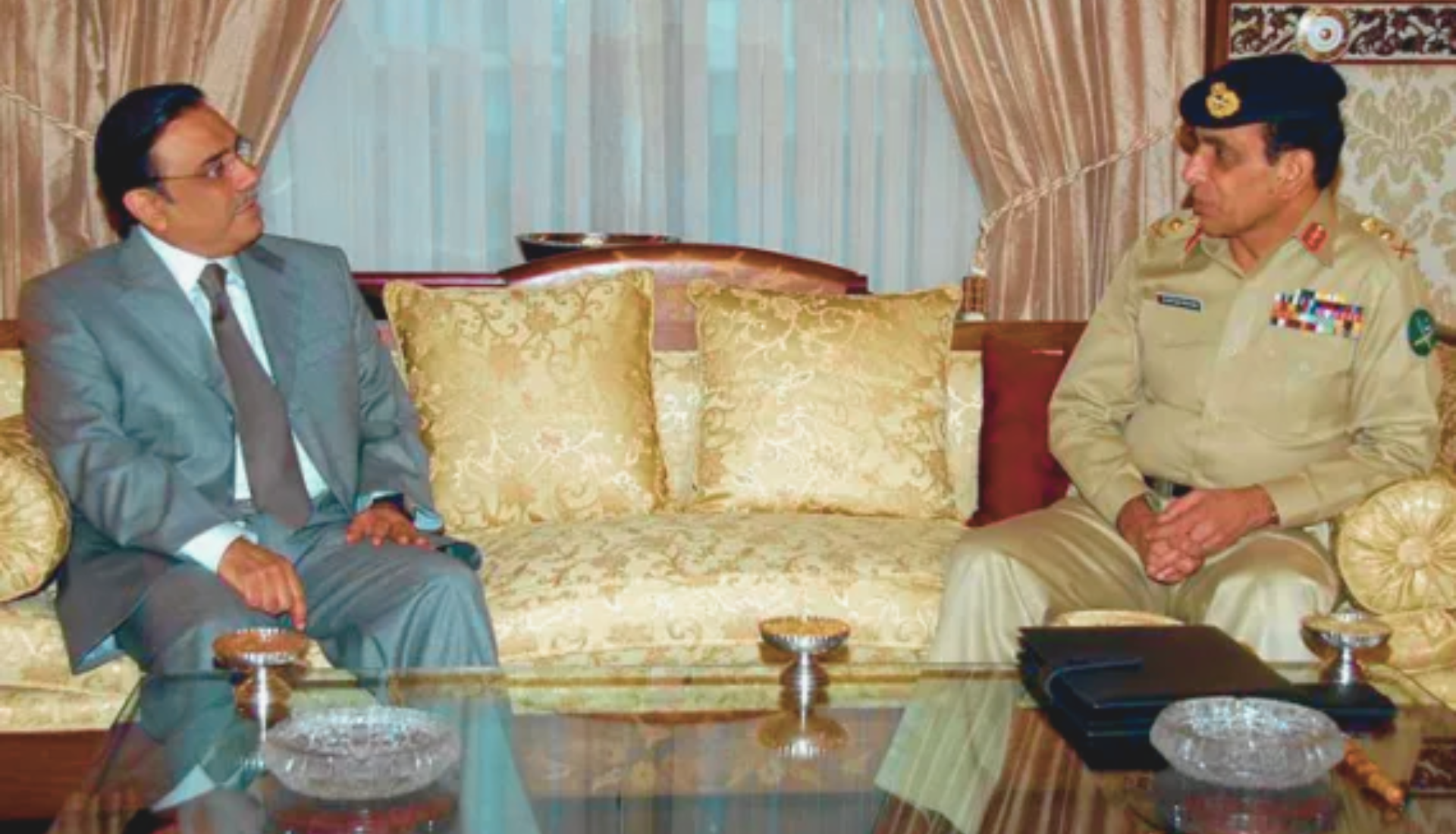On January 18, 2023, terrorists ambushed a convoy of security forces in the Panjgur area of Balochistan, near the Pakistan-Iran border, killing four Pakistani soldiers. The attack took place as the convoy was monitoring the border. Following the attack, Pakistan’s foreign minister called on Iran to punish the perpetrators. However, Pakistan and Iran continue to engage in “naming and shaming” over cross-border attacks. Let us investigate whether or not Pakistan has a strong argument for accusing Iran of funding terrorist organizations.
Iran’s Support for Terrorist Outfits
Due to the insurgency in Balochistan, Pakistan’s already stretched-thin patience with its neighbor to the southwest is fraying.
Pakistan’s geographic location is both a blessing and a curse, as its neighbors feed and shelter the terrorist organizations operating against it. Iran is no exception. Security analysts believe its establishment supports one or more terrorist organizations in every bordering country. However, it is worth noting that Iran\’s support for terrorist organizations in South Asia is not mainstream in the academic discourse.
Mr. Zahid Hussain writes in his book No Win War: The Paradox of US-Pakistan Relations in Afghanistan’s Shadow that Osama Bin Laden’s son, Hamza Bin Laden, spent time in Iran. However, the history of the Iran-Al-Qaeda nexus goes back to the 1990s, when the Iranians made a pact with Al-Qaeda to train Al-Qaeda members with Iranian intelligence officers working in the Bekaa Valley in Lebanon. In addition, Iran also provided financial and logistical support for Al-Qaeda members traveling from Sudan to Afghanistan.
Iran welcomed Al-Qaeda members as Iran’s enemies; the United States (US) fought Al-Qaeda in Afghanistan. For security experts, Iran’s support for Al-Qaeda means that the enemy of my enemy is my friend. Later, when the US invaded Iraq, despite their ideological differences, al-Qaeda and Iran came together.
Iran: The Khorasan Dream
It is interesting to note that the Afghan Taliban have not been spared from Iran’s motherly love.
The Iran-Taliban nexus BECAME the headlines of newspapers when the erstwhile Taliban leader, Mullah Akhtar Mansoor, was killed by a US drone strike near the Iran border.
Iran’s policy of supporting US enemies continued with its support for the Afghan Taliban. In Iran, four Taliban training centers were operating. Moreover, Iran never hesitated to support the Taliban financially, and in June 2013, it invited the Taliban delegation to attend a conference on Islam.
Besides Al-Qaeda and the Afghan Taliban, Iran’s support for the Balochistan Liberation Army (BLA) is crystal clear to the world. After the Afghan Taliban seized power in Afghanistan, the BLA fighters fled to Iran. BLA fighters used Iranian soil as a warring pad to launch the deadliest ambush on Pakistani security forces. As a result, Iran serves as the “strategic depth” for BLA. Additionally, Indian support for the BLA sneaks in through the Iranian border. The Kulbushan Jhadav case has revealed that Iran serves as a conduit between Indian intelligence agencies and the BLA. Notably, any insurgent group requires external support as a prerequisite for survival. On April 19, 2019, the then Foreign Minister of Pakistan, Shah Mahmood Qureshi, said that the external support in the form of finances is well-channeled by India, and pre-and post-attack safe dwellings are well-established for the BLA fighters on Iranian soil. Recently, Baloch terrorists have fled to Iran’s Sistan-Balochistan province from Kandahar, Helmand, Nimroz, and Farah following the collapse of Afghanistan.
Moreover, Iran’s Fatimiyun Brigade operates in Afghanistan, where most of its members are Afghan. The group’s members are highly trained and armed to the teeth. It is widely believed that it was necessary for Iran to have such a group in order to use it as a strategic card against the Afghan governments to put pressure on them. In the longer term, this group is useful for Iran to fulfill its “Khorasan dream.” This dream is of a new state for the Persian-speaking Afghans. Strategically, this brigade consists of 14,000 Afghans; it could become Iran’s Hezbollah 2.0 operating in Afghanistan.
The Asymmetric Warfare
Based on the above evidence and Iran\’s history of PROXIES in the Middle East, it can be concluded that Pakistan’s allegations against Iran for sponsoring terrorism are not unfounded.
While Iran’s smooth support for terrorist organizations in neighboring states exacerbates Pakistan’s and the South Asian region’s pain, insurgents and terrorist organizations are difficult to eradicate as long as they have safe havens in their backyards. Moreover, this trend of asymmetric warfare comes at the expense of the greater good of the common people of the developing states, Pakistan, Afghanistan, and Iran. Thus, expecting economic prosperity while terrorists such as the BLA, the Balochistan Liberation Front (BLF), and Al-Qaeda are present in the region is unrealistic.
The views expressed in this article are the author’s own. They do not necessarily reflect the editorial policy of the South Asia Times.

